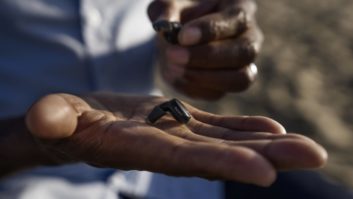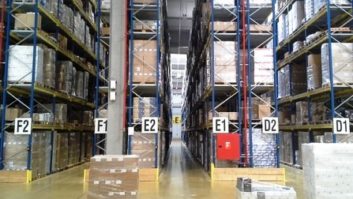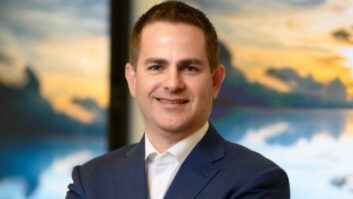These are tremendously exciting times in the acoustics space. Long-standing barriers are being broken across all the audio markets, from personal listening to public address. The innovations aren’t just a matter of hardware and software, though there’s plenty to be seen (and heard) in both. The real paradigm shift is in the new product possibilities and the expanded consumer demands that will drive them to market.
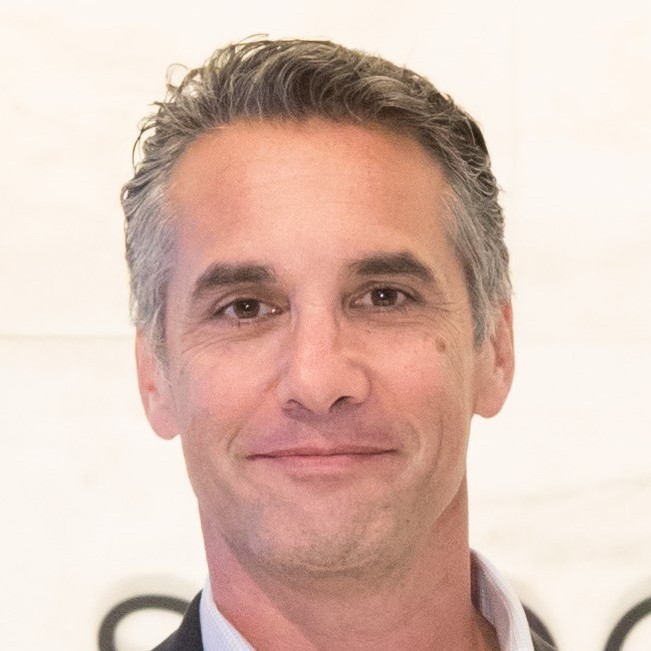
Historically speaking, there have been clear technological and commercial dividing lines that segmented the different levels of audio quality available to consumers. In hardware, the level of precision needed for hearing aids was not practical to implement in mass-market earphones. In software, the most popular method of music delivery for more than a decade has been lossy codecs, which are in use by all the major music streaming services.
Then came the changes. In 2017, the FDA adopted legislation that included the “Over the Counter Hearing Aid Act.” This measure was designed to provide adults with mild-to-moderate hearing loss access to hearing assistance technologies without having to be seen by a hearing care professional. Only 5-10% of people with this level of auditory loss ever do anything about it. Suddenly, “hearables” for hearing augmentation became a real market possibility.
The shift for music listening will be just as profound. Previously in use mainly by audiophiles, high-resolution audio streaming became broadly available to the consumer in 2019 with the launch of Amazon HD, with fidelity that is literally master-quality. Thanks to fast broadband services and the coming 5G explosion, the bandwidth for large, high-resolution files is no longer an issue. The needs for reduced audio file sizes and lossy compression are no longer there. Following increasing consumer demand for higher music quality, Spotify just announced their own HD music service.
All these changes mean new expectations and use cases. Now that consumers have been exposed to high-resolution audio, there’s no going back. In this respect, the audio industry is well ahead of the video industry. There are many 4k television sets out there but not so much 4k content. In the audio world, vast libraries from all the world’s great music labels have been made available in studio-quality resolution. It won’t take long before today’s audiophile niche becomes tomorrow’s mainstream listening. Consumers will demand playback equipment that does justice to this holy grail of music delivery.
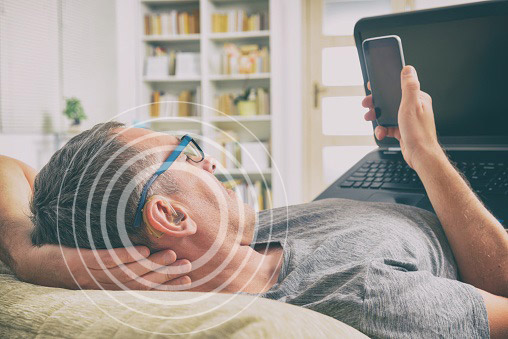
The hearing health category will open up dramatically in the same way – through sheer volume of demand. With 10,000 Baby Boomers turning senior each day, the number of consumers with hearing loss is increasing exponentially. Not all of these people will need professional hearing aid. Many can hear just fine in a quiet room, but have trouble in noisy environments, such as a restaurant. This is the market that can be serviced well by hearable devices.
In this new landscape there is deep convergence between hearing aids, earphones and hearable devices. For many applications and products, “hearing correction” almost becomes a feature. A single product can deliver audiophile-quality fidelity while also allowing control from a voice assistant and the ability to hear a conversation in a noisy restaurant. This emerging consumer market needs something more expansive than fully regulated hearing aids, and the solutions are now at the ready.
At Knowles, our ability to service both markets – consumer and professional — is one of our key advantages. Miniature balanced armature speakers, invented by Knowles, were initially developed for the hearing aids market. Today, this technology enjoys widespread adoption in the consumer electronics earphone market and in professional in-ear monitors. Similarly MEMS microphones, another Knowles development, saw first adoption in mobile phones but quickly proliferated into earphones and hearables, smart speakers, and all manner of voice-operated IoT devices. The same cross-pollination is happening the other way around as Knowles develops increasingly high performance MEMS to improve the functionality of hearing aids. Today we are working with customers on transducers for active noise cancellation, and continuously developing new balanced armature speakers so that hearables can be smaller, more comfortable, and have longer battery life.
 None of this means that the two channels will ultimately become one. The MEMS requirements for hearing aids are extremely demanding. These technologies are the best available, but naturally the best is more expensive. A hearable device has to come in at a lower price point to be attractive to consumers. To that end we are developing new consumer MEMS that can bring relief to the millions of people with lesser hearing loss at consumer price points.
None of this means that the two channels will ultimately become one. The MEMS requirements for hearing aids are extremely demanding. These technologies are the best available, but naturally the best is more expensive. A hearable device has to come in at a lower price point to be attractive to consumers. To that end we are developing new consumer MEMS that can bring relief to the millions of people with lesser hearing loss at consumer price points.
As these new in-ear devices become more prevalent, we believe the stigma associated with hearing aids will be diminished. Many more people with minor hearing loss will choose over-the-counter hearing products. This will lead to greater adoption and growth in the true hearing aid market as their hearing loss becomes more severe. There is a parallel with “cheaters” in the eye health area. Mild problems are addressed with OTC solutions which lead to prescription lenses as vision requires more exact correction. If one’s hearing loss is severe, there are hearing aids and the professional assistance necessary to tune them. If the loss is mild to moderate, hearables will bring the user back into the world they once heard well.
The one thing that’s constant about the audio industry is that it’s always changing. The winners today are not necessarily the same as the companies that will be winning five years from now. Those that are able to bring out innovative solutions and segment the market appropriately will be the new leaders of the audio world, both in hearing health and the wider consumer market. Our ability to service both markets is one of our key advantages.
We at Knowles see a smooth audio road ahead for consumers, because we’re the ones that helped pave it. As the inventors of the MEMS microphone and the balanced armature speaker, we have a unique perspective on where audio is today and where it’s going tomorrow. We look forward to being a central player in the next audio revolution, just as we’ve been for the audio benchmarks of today.
Jon Kiachian is the VP and GM of the Home Health Technologies division of Knowles Corporation. Knowles is a market leader and global supplier of advanced micro-acoustic, audio processing, and specialty component solutions, serving the mobile consumer electronics, communications, medical, military, aerospace, and industrial markets, for nearly 70 years. Knowles products are used by more than one billion people worldwide every day, enhancing how they interact with the world around them.
See also: Executive Insight: Wearables And Data Privacy: What Consumers Need To Know





